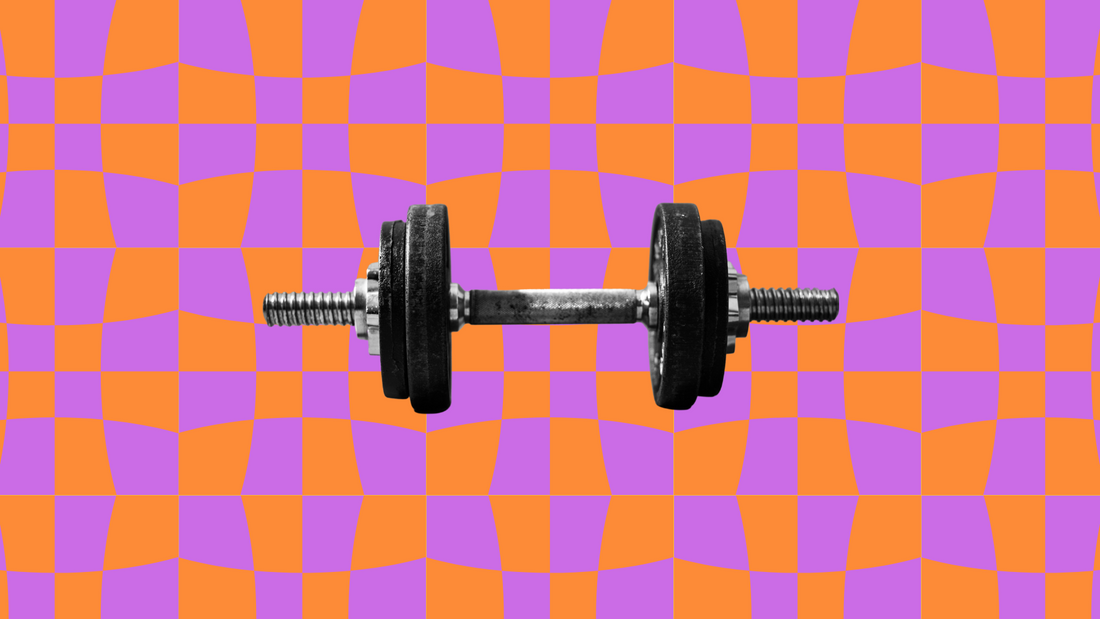By Nina Gelbke
Exercise and Type 1 Diabetes go hand-in-hand.
I’m sure we’re all well versed in the typical physical and mental health benefits of exercise, and for us diabetics, exercise significantly improves our ease of management. You see, it increases insulin sensitivity, both through the physical activity itself and as a result of growing more lean muscle mass.
But with the positives comes the not-so-positives. Exercise can pose challenges for us, especially in managing blood glucose levels during, and after, exercise. If we don’t understand how exercise affects our levels, it might scare us off participating in physical activity - and that’s the opposite of what we want.
Instead of fearing what will happen to your blood glucose throughout training, you can feel empowered and confident about being active! It just takes a little extra planning and monitoring to find out how your body responds to different types of exercise. After some trial and error, you’ll find out how to maintain great levels around exercise, so you can ride those endorphins post-sweat.
Different exercise = different blood glucose
The first important thing to note is different types of exercise will have different effects on blood glucose. In general, lower intensity cardio style activities like running or walking, swimming or cycling, will lower blood glucose. In comparison, high intensity, aerobic activities - think weightlifting, HIIT or some team sports - will increase blood glucose, due to the different energy systems and hormonal responses of these activities.
Both forms of exercise will generally increase insulin sensitivity, and therefore lower blood glucose levels and insulin needs for a number of hours afterwards. This does increase the risk of hypoglycaemia if no adjustments to insulin and/or food are made, especially during the night, so keep a watchful eye on those levels after training.
There’s more to exercise than the sweat
It’s not just the type of exercise that could affect how your blood glucose responds.
Some other factors to keep in mind include:
-
The time of day you’re exercising,
-
Whether or not you have any active insulin or carbohydrates on board,
-
If you’re training fasted or have already eaten that day,
-
The duration of exercise,
-
And when we get into the nitty gritty of it, even hydration levels and temperature can make a difference.
Keep these points in mind next time you reach for the runners to ensure your levels stay on point.
Write it down
Now how can you make sense of all of this and find out how to tackle managing your diabetes around exercise? Keep an exercise journal!
Whether you’re just starting out or wanting to fine tune your blood glucose management during and after exercise, keeping a journal and writing things down is an incredibly valuable tool. It allows you to clearly see patterns and effects, enable you to make some tweaks, and monitor the outcomes.
Start with this template to make things easy peasy:
1. Blood glucose level tracking
a. Before exercise
b. During exercise
c. After exercise
2. Insulin dose
a. Time of last dose
b. Units dosed
3. Food
a. Time of last meal
b. Portion of last meal
4. Exercise
a. Intensity
b. Type
c. Duration
d. Time of day
5. Any other notes you think might be relevant
If your blood glucose goes low or high, you can make one small change next time (such as using a temporary basal rate, eating a snack before, adjusting your last bolus etc), then try again and see what happens.
If your blood glucose stayed in range, you know exactly what you did so you can repeat again next time.
Keep in mind diabetes management is never a perfect science, and sometimes we can do the exact same thing and get different outcomes. So be kind to yourself!
Having this knowledge of how YOUR body responds to exercise will give you the confidence and empowerment to get out there, be active and not let diabetes hold you back!


